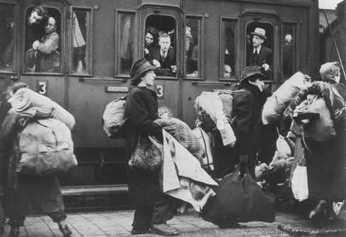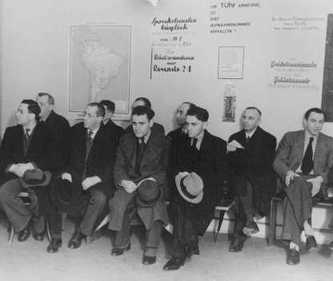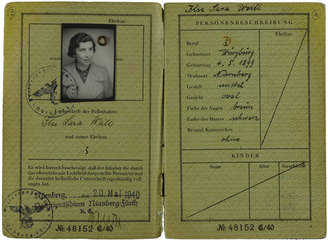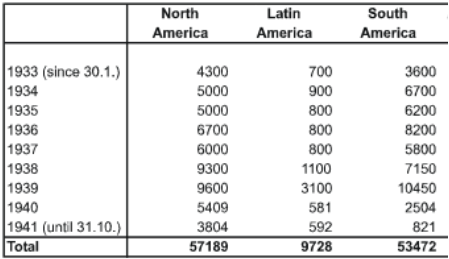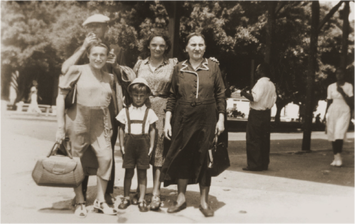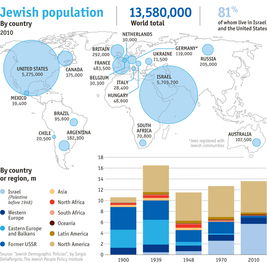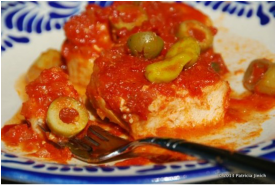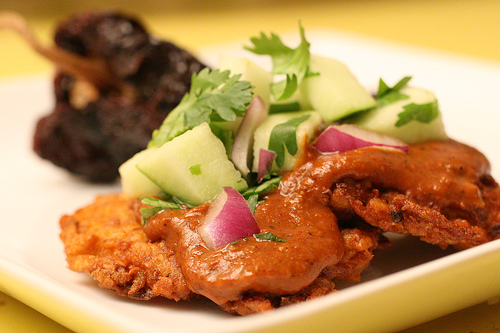Exploration
|
To explore is the act of traveling in or through an unfamiliar area. Although the Jewish exploration to the Americas was not for the purpose of pleasure or learning, their escape of persecution gave them the necessity to explore new lands. |
The St. Louis passengers also failed to gain entry into the United States, which, for some, symbolizes U.S. government indifference to the fate of persecuted Jews during the Holocaust." -Allan Lichtman and Richard Breitman
|
In the Americas, Jews had to explore the idea of a new life. A life without religious persecution and German culture. "Jewish immigration in the 20th century was fueled by the Holocaust, which destroyed most of the European Jewish community. The migration made the [Americas] the home of the largest Jewish population in the world." -Jon Porter |
Encounter
An encounter is an unexpected meeting with someone or something and is sometimes difficult. Jews encountered many hardships while finding a place to call home. They had to follow strict laws and pay taxes for passage out of Germany.
"Refugees from Nazism are now widely and popularly perceived as 'genuine,' but at the time German, Austrian and Czechoslovakian Jews were treated with ambivalence and outright hostility as well as sympathy (when exploring new countries) ." -Authors of Refugees in an Age of Genocide
|
Immigration quotas made it difficult for many to enter the Americas. For those who were fortunate to get into the Americas, they encountered language barriers, cultural differences and anti-semitic views once they arrived. |
Exchange
"Real cultural diversity results from the interchange of ideas, products, and influences, not from the insular development of a single national style." -Tyler Cowen
|
As the Jews became more Americanized, cultural diffusion could be seen throughout food, language, and art. Unlike in Europe, Jews adopted the language of the countries they inhabited.
|
"Over time, Jews have forged culinary partnerships with many other cultures, merging traditions together and, occasionally, simply incorporating another culture's food into the Jewish canon." -Leah Koenig
Mole Latkes: A Hybrid Eastern European-Mexican Jewish Culture
Time: 42 Seconds
Time: 42 Seconds
